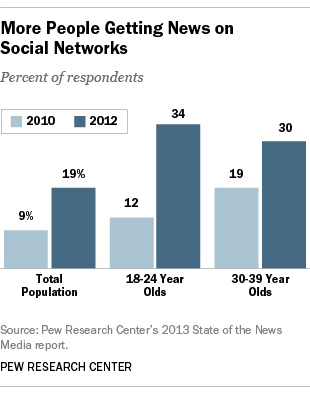Post by: Kim Stephens
Keep the flood photos coming. Click here to upload: cbsloc.al/1iKbxhy http://t.co/YDfDp3XifU—
WJZ | CBS Baltimore (@cbsbaltimore) April 30, 2014
Flooding was rampant yesterday for what seemed like half the country. Social Media was buzzing with images, safety tips and information about the event as it continued to get increasingly worse as the day wore on and the rain seemed unending.
GALLERY: Heavy April Showers Bring Flooding To Maryland. Upload Your Flood Photos, Here: bit.ly/1heWjws http://t.co/NCLQygcrmE—
WJZ | CBS Baltimore (@cbsbaltimore) April 30, 2014
Using social networks to communicate emergency, safety and preparedness information has now, in 2014, become a standard operating procedure for quite a few emergency management and response organizations. As with any standard procedure, each event can provide an opportunity to understand how to improve and adjust. As a person on the receiving end of the information stream yesterday, I noticed three things that could be improved upon.
1. Ensure posts are “Mobile Ready”
On a day where the situation is changing rapidly, as it does with flooding, people will be looking for information anywhere they can get it. It is important to keep in mind that there is a high likelihood that those searches will be occurring on a mobile device. According to the Pew Research Center “The growing ubiquity of cell phones, especially the rise of smartphones, has made social networking just a finger tap away. Fully 40% of cell phone owners use a social networking site on their phone, and 28% do so on a typical day.” Of course, the deluge we experienced yesterday was anything but typical, so that percentage was more than likely much higher.
With this in mind, when posting content about road closures, for instance, make sure the user does not have to go to another site to get the information, as seen in this Facebook.
“[County X DPW reports] eight (8) roads closed as of 6:00 a.m. this morning. Crews working to re-open all roads today. For complete list of road closures visit: http://YouCan’tSeeThisOnYourPhone.gov”
There were only 8 roads closed–why not list them all? If you are using a micro-blogging site, such as Twitter, that won’t allow listing all roads in one post–do 8 separate posts.
2. Use Images to Make Your Point
A warning about the dangers of driving through standing water is good, such as the one below.
“A reminder to motorist; please watch for standing water this morning during morning commute. Do NOT drive through standing water.”
However, a picture of a water rescues or a stranded vehicle might be more of a deterrent.
JUST IN: Water rescue underway for man trapped in car in flooding in Bowie, Md. on Governor Bridge Rd. http://t.co/TJDSm34L21—
NewsChannel 8 (@NewsChannel8) April 30, 2014
3. Reinforce Where Citizens Can Find Information–On Every Platform
 There are many ways communities can reach their citizens with emergency information: a website, reserve calls, social media, door-to-door (if necessary). It is important to keep in mind that no single source will reach all of your citizens. Younger people may search social media for news and information (as shown by the Pew Research Center results) and older individuals might not ever look at your website.
There are many ways communities can reach their citizens with emergency information: a website, reserve calls, social media, door-to-door (if necessary). It is important to keep in mind that no single source will reach all of your citizens. Younger people may search social media for news and information (as shown by the Pew Research Center results) and older individuals might not ever look at your website.
However, linking and reinforcing all of those information outlets is important because you do not know where the citizen will start their search. I’ll use my own community as an example. Quite a few cities and counties have the service that allows them to call citizens on home phones or cell phones to provide updates about the situation. In my community, the call yesterday ended with a note to call the “Hotline” for more information. Unfortunately, there was no mention of their own social media sites that were up and running and providing vital emergency information and regular updates. A quick visit to the county website also yielded disappointing results–there was no mention of the emergency at all and no easy way to navigate to current information. When choosing the “Facebook” link on the homepage, their emergency management page is not even on the list.
Conclusion
In terms of providing information to citizens via social networking the emergency management community does seem to “get it.” We are now in a position to tweak and refine our processes in order to best serve our communities versus debate whether or not these are useful tools. That’s a good thing. Let me know, what lessons have you learned from recent experiences?


















